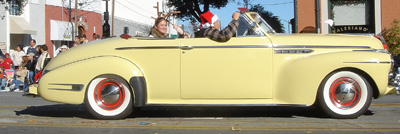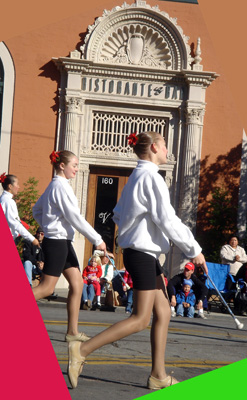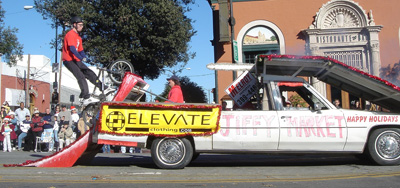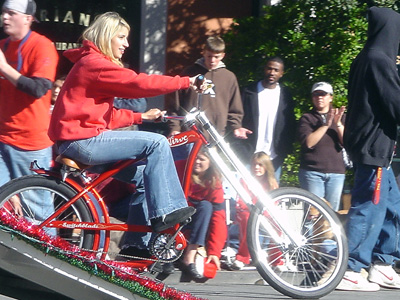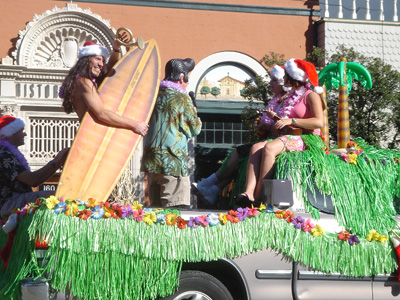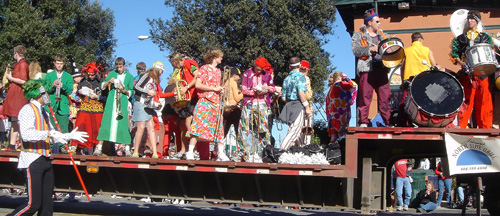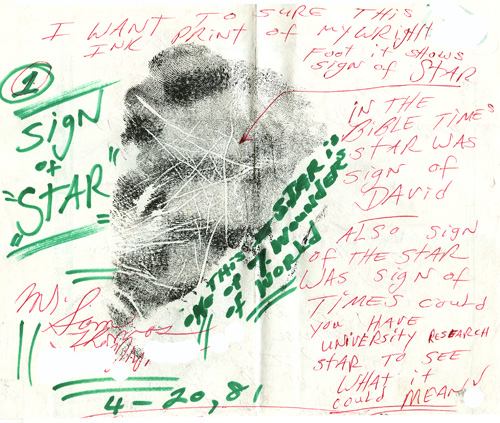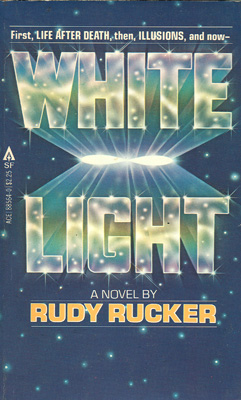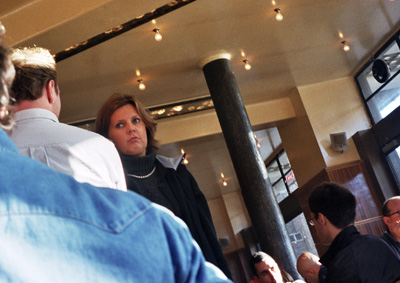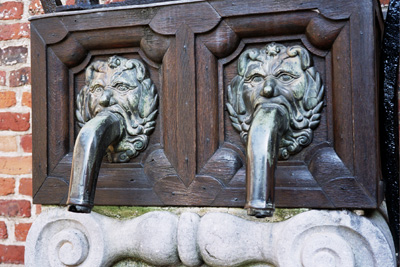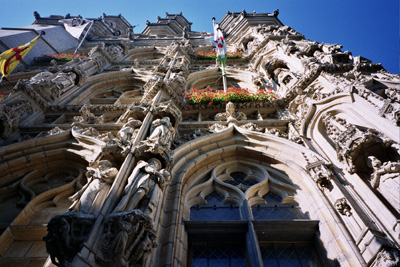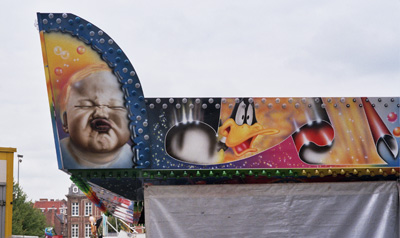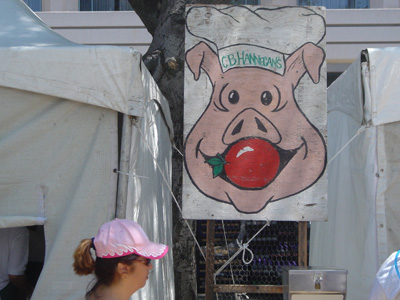
I decided to try running the Google AdSense column on the right. Two hours of HTML-wrassling later, there it is. I'll see if it brings in enough money to counteract my unease at allowing the mass media mind into my little domain. Today's pig, tomorrow's bacon.

I'm squandering time on this kind of thing because I'm not entirely sure what I want to write next. In a way, I’m enjoying not having a project. It’s like being unemployed. Or retired. I've been writing short stories of late, as a way of holding back from starting the next big one. Another Frek is a good bed; I’m rereading to get up to speed. Or, if I’m not in the mood, maybe a novel beginning a fresh ware-like series, without it actually being another ware. Or a memoir? That’s the least commercial possibility, so I slack off by thinking about it today. [The pictures were taken in Santa Cruz on December 4, 2005. This first one is a remarkable piece of non-repeating silk at Hart’s Fabrics.]
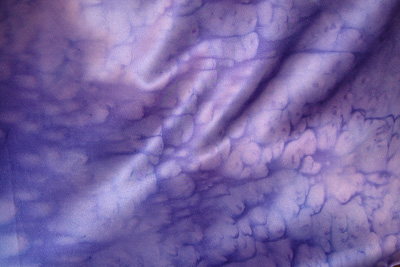
I recently read Bob Dylan’s Chronicles, Vol. 1. I was struck by what he did: he picked three turning points in his life and wrote in some detail about each of these periods: (1) starting out in NY, (2) disillusionment and disgust after fame, (3) cutting a comeback album in N.O. (4) And in the fourth and last section, he goes back to the starting out in NY period. And even when he limits his accounts to these narrow zones of time, the account is still quite superficial, with very little day-to-day in it, although oddly he’ll sometimes zoom in on some period of hours when, perhaps, he was experiencing a turning point or an epiphany. The idea of limiting a memoir to a few focused periods sounds good. Otherwise you’re looking at a fractal, a lifebox, or an academic biography.
But, gee, only three periods? That’s harsh. How about a really short chapter for each year with one anecdote in it? Here’s a (probably false) start at listing some not quite randomly selected events I could conceivably expatiate upon. I’ve numbered them by the age I think I was when they occurred.
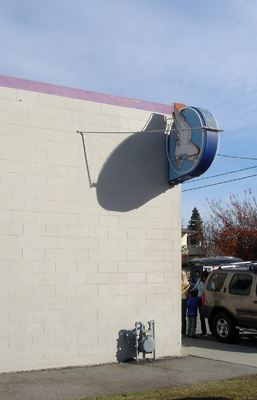
(5) Fade In. Walking through the rye field. The Keith girls on the farm near us, gathering us into their spooky dank stone spring-house, telling us a ghost story about the little … white … hands. Sitting on my mother’s lap and Muffin the dog at our side. In the silence I can hear the Earth turning.

(12) On My Own. On a hike with some fellow students at a boarding school in Germany. I imagine the pine pollen in the rain puddles in Germany to be fallout from an atomic war. I get in a fight with a boy am anxious to see him sharpening his knife. My friends promise we’ll stave him off. He doesn’t do anything.

(22) Metamorphosis. I’m a newlywed in grad school, discovering math, Zap Comix, Pynchon, hippiedom. Listening one evening alone to the Zappa record Chunga’s Revenge , I’m inspired and begin making notes for a book about the fourth dimension.
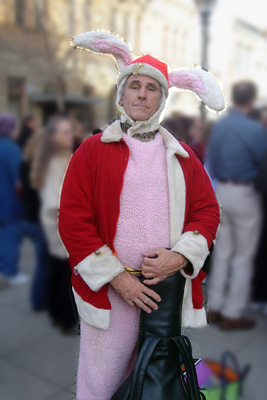
(29) Fatherhood. The last Christmas with the grandparents in Geneseo. The pleasant physicality of lying on the rug like a dogfather in his den, with the kids crawling on me, poking, wrestling.

(32) Transreal. In Heidelberg, working on White Light, I have a dream of finding wonderful polyhedral crystals in the shale on a mountain slope I’m climbing.
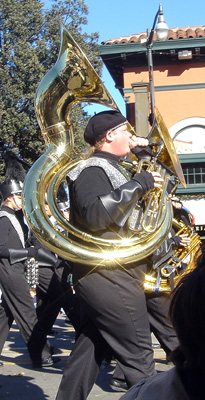
(40) Cyberpunk. At the end of my stay in Lynchburg, three young artists from Richmond come to see me, as if sent by Eddie Poe. One of the boys has drawn a tesseract unfolding.
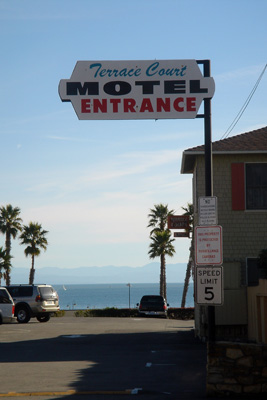
(44) The Great Work. Demoing my fractal Chaos software at the Cyberthon in Silicon Valley.
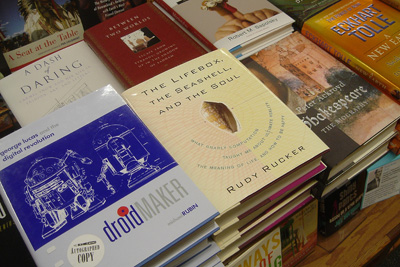
(57) An Old Eye. In one of the last computer graphics classes I taught, I had a nice image of the perspective matrix changing the size of the world.










